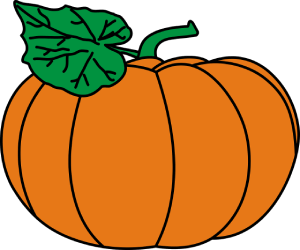It's with a heavy heart that we have made the decision to not re-open the farm this year.
We would like to thank each and every customer who ever paid a visit to the farm over the many years we have been open, your custom has been very much appreciated.
Our juice is still available for purchase and you will find it in your usual local and independent shops.
The Ballycross Team
The Witches Village has moved to Secret Valley Wildlife Park and is open for visitors this Halloween.
We wish the team there the very best of luck and for more information on how to visit just click HERE

Ballycross Apple Farm Ltd. Bridgetown, Co. Wexford, Ireland
Tel: +353 (0)53 913 5160 Email: info@ballycross.com
